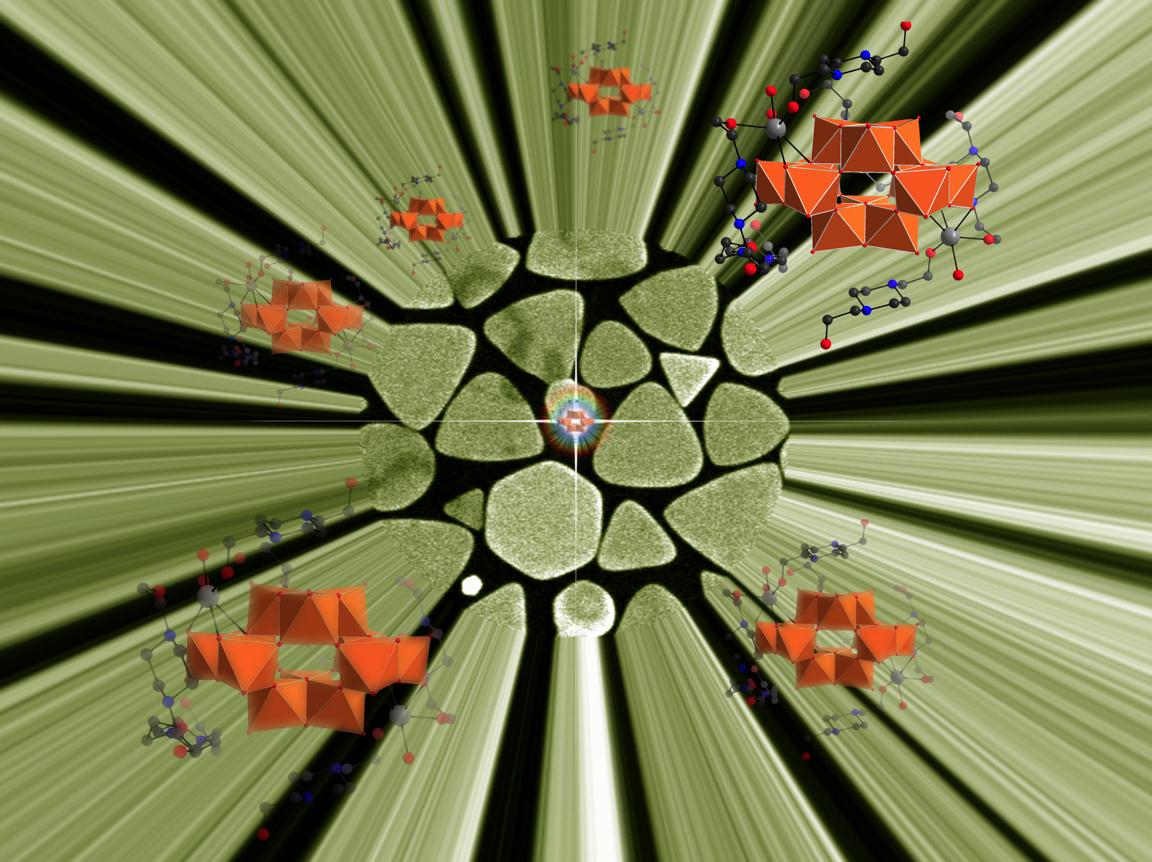PI: Rafel Martín
R+D Spanish National Program
(2016-2018)
The available drugs for some illnesses such as cancer are poorly selective and therefore lead to severe secondary effects. Part of current
research seeks new formula for controlled and targeted drug delivery in order to improve drug efficacy by enhancing its selectivity, and
decreasing the dose and the secondary effects. The nanotechnology provides medicine with a variety of nanoparticles that can be used as
drug carriers for targeted and controlled drug delivery. The control can be exerted by temperature or pH, with the latter being specially
relevant in the case of antitumoral drugs delivery: the extracellular tumoral microenvironment is notably more acidic (ca. pHe 6.5) than the
blood or normal tissues (ca. pH 7.4).
However as soon as a nanoparticle is introduced in a biological environment, it gets coated by a layer of biomolecules, the so-called
protein corona. The negative consequences of the protein corona formation are 1) shorter circulation times, and 2) a diminished
internalization by the cells, compared to analogous naked nanoparticles. The nanoparticle-protein interaction takes place through charged
or hydrophobic domains of both entities. The encapsulation of the nanoparticles with neutral, polar polymers such as PEG, minimizes the
interaction with the protein corona but does not improve the internalization by the cells.
The objective of this project is the disruption of the nanoparticle-protein interaction through a reversal of the charge at the surface of the
nanoparticle, triggered by a relevant pH value (pHe).
The first objective is the preparation of polymeric micelles based on block polypeptides, stable at pH 9 and prone to show a reversal of the
charge when reaching pHe. Once the nanoparticle system is prepared we will pursue the second objective, the sutdy of the disruption of
the micelle-protein interaction through a reversal of the nanoparticle surface charge. The system will be arranged for fluorescence
experiments by labeling micelles and proteins and by preparing a reference system. The protein-nanoparticle interaction will be studied by
fluorescence quenching and FRET experiments. It will be proven that the charge reversal promotes the desorption of the protein corona
and increases its dynamic character. Finally, PEG coated micelles interaction with proteins will be studied under the same conditions.
This is a project with a clear educational interest in the fields of organic chemistry, macromolecular chemistry and biotechnology.
At the end of the project, we will have developed a new technology to improve the efectivity of nanoparticle-based therapies by reducing
the negative effects of the protein corona and the traditional strategies to reduce it. This new tool is compatible with the use of tags for drug
delivery or for internalization by the cells. A combined utilization of the available tools would allow reducing dosis and minimizing the
secondary effects of the therapy.
